Preserve Food to Enjoy Later
What's In Season?
Home food preservation has many benefits.
Preserving food at home lets us enjoy homegrown, locally purchased, or seasonal foods throughout the year. Safe food preservation methods stop or slow the natural spoilage process to prevent the growth of harmful bacteria while preserving the nutritional value, taste, color, and texture of some of our favorite foods. These processes can help make the most of a bountiful harvest, provide individuals and families with access to seasonal food in off-seasons, support local producers, and prevent excess food from going to landfills.
Times have changed.
Food preservation is not a new concept. Some families have recipes and processes that have been passed down for generations. However, preserving food without following a scientific recipe can result in spoilage and the growth of microorganisms, such as the bacteria Clostridium botulinum, which contains a deadly toxin that cannot be seen, smelled, or tasted. By using a tested recipe, your finished product will have appropriate ingredient ratios, processing times, and a final pH that keeps you, family, and friends safe.
Questions?
Explore Preservation Methods
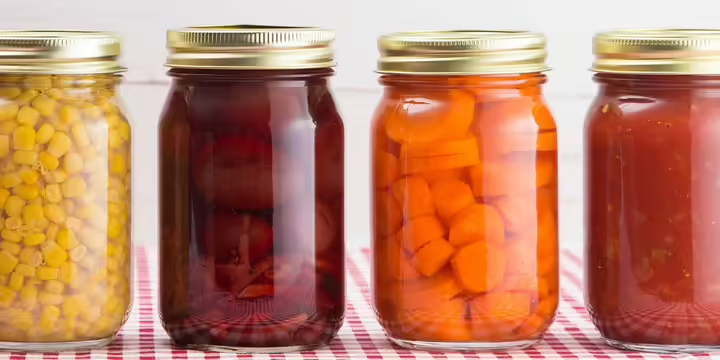
Canning
Preserving food using a boiling water bath, pressure, or steam canner creates shelf-stable foods but can be time-consuming and requires an initial investment in equipment.
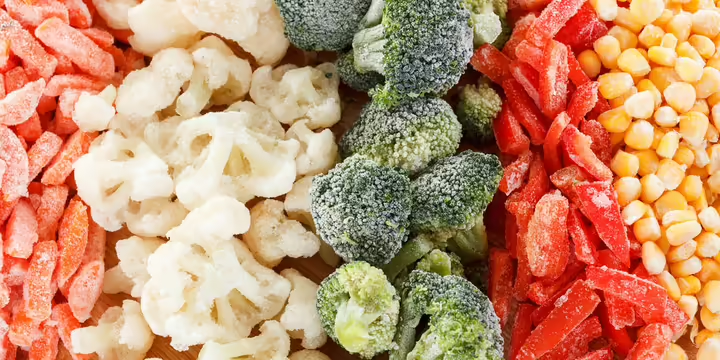
Freezing
Freezing is an easy, convenient way to preserve fresh produce. It requires less time and delivers fresh flavor and higher nutritional value than other preservation methods.
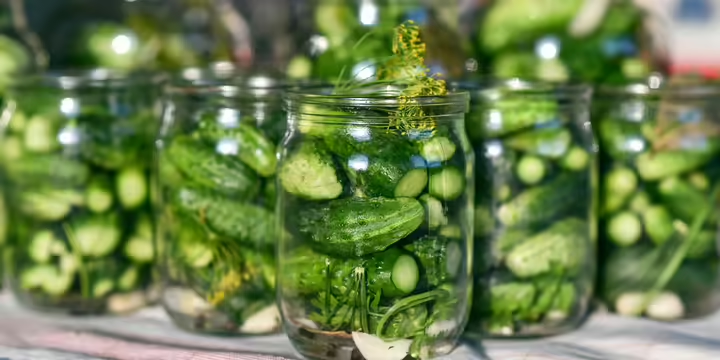
Pickling
Pickling preserves food by either anaerobic fermentation in brine or immersion in vinegar and draws on tested combinations of salt, sugar, and spices for a tangy taste.

Fermenting
The fermentation process is safe, easy, and economical and has been used for thousands of years to preserve food. This process relies on metabolic activity from microorganisms to preserve food, creating flavorful and often nutritionally enhanced products.
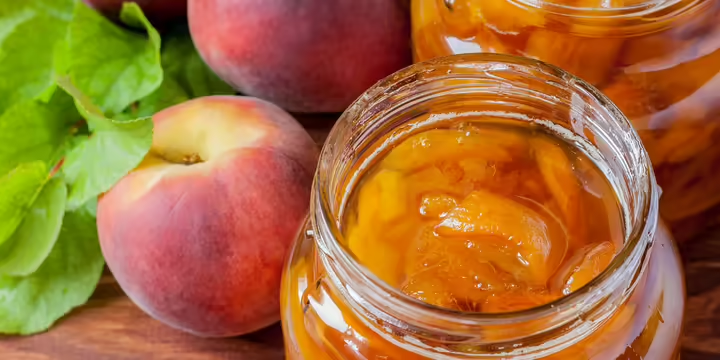
Jams and Jellies
Making jelly and jam from fresh produce is an easy food preservation method that requires only fruit, sugar, pectin, and a few basic kitchen tools to get started.
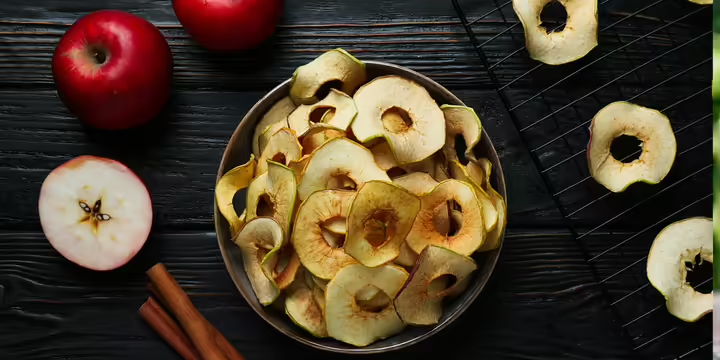
Drying
Drying or dehydrating food involves removing its water content to a point where the food is preserved for a longer time than if left fresh. This process is simple, requires minimal equipment, and results in food that takes up little space.
Title
Use a Tested Recipe
Home food preservation involves a significant amount of science and chemistry to ensure the product is safe to eat. Even small variations in a recipe's measurements or processing times can impact quality and lead to an unsafe product. Always use a scientifically tested recipe and follow its processing directions exactly. Tested recipes have been extensively researched to ensure that their density, viscosity, pH, processing times, and methods destroy harmful microorganisms to result in a consistent, safe product.
- So Easy to Preserve, 6th Edition, University of Georgia Extension
- USDA Complete Guide to Home Canning
- The Ball ® Blue Book
- National Center for Home Food Preservation
Title
Start with High Quality Produce
Preserving food does not improve its quality, so start by selecting good-quality fruits and vegetables that are free of disease and mold and not overripe or insect-damaged. Choose varieties best suited for canning, as quality varies among varieties of both fruits and vegetables.
- Process most vegetables shortly after purchase or within 6 to 12 hours after harvesting.
- Process fruit within one day.
If unable to process fruits and vegetables within the recommended timeframe, store them in a shady, cool, dry location to minimize deterioration.